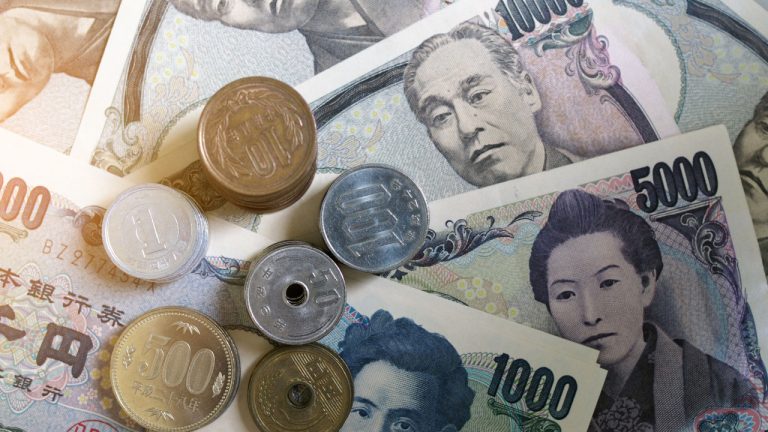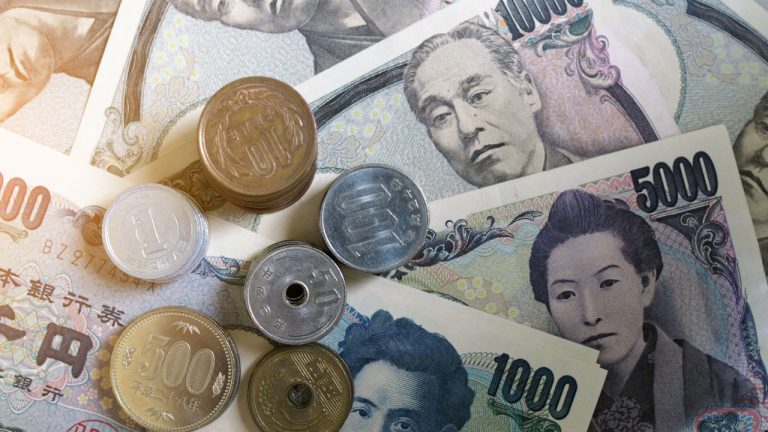Japanese Yen Plunges to 32-Year Low Against US Dollar — Another Intervention by Authorities Expected


The Japanese yen’s exchange rate versus the U.S. dollar recently plunged to its lowest rate in 32 years — 147.66 JPY per dollar. The yen’s latest fall comes less than a month after its slip in September prompted authorities to enter foreign exchange markets for the first time since 1998.
Gap Between US Treasuries and Japanese Government Bonds Widening
The Japanese yen fell to a rate of 147.66 per dollar, its lowest exchange rate versus the U.S. dollar in 32 years, a report has said. The yen’s latest record-breaking fall came after official figures from the United States showed that prices had gone up faster than anticipated. The U.S. Federal Reserve has been using rate hikes to tame inflation but these have in turn caused the dollar to strengthen against other global currencies.
However, unlike other central banks that have followed in the footsteps of the U.S. Federal Reserve and raised interest rates, the Bank of Japan (BOJ) is said to have maintained an “ultraloose monetary policy.” Investors have in turn responded to the resulting gap between U.S. Treasuries and Japanese government bonds by selling the yen.
As reported by Bitcoin.com News in September, when the dollar’s rise caused the yen to slip to a 24-year low versus the greenback, the BOJ responded by intervening in foreign exchange markets for the first time since 1998. According to a BBC report, authorities in Japan are again likely to respond to the yen’s latest plunge with another intervention.
The report quotes the Japanese Finance Minister Shunichi Suzuki who suggests that “appropriate action” will be taken to stop the yen from slipping further.
“We cannot tolerate excessive volatility in the currency market driven by speculative moves. We’re watching currency moves with a strong sense of urgency,” Suzuki reportedly said.
Preventing an ‘Adverse Financial Amplification’
In late September 2022, when the Japanese currency fell against USD by more than two yen in one day, the Japanese authorities responded by spending nearly $20 billion. While the intervention did help to stabilize the yen, some analysts still questioned the sustainability of such a solution.
However, in a new blog post, the International Monetary Fund (IMF) suggested that a temporary foreign exchange intervention may be the most appropriate solution. As explained in the blog, such a foreign exchange intervention can “help prevent adverse financial amplification if a large depreciation increases financial stability risks, such as corporate defaults, due to mismatches.”
In addition to helping to diminish the threat to financial stability, foreign exchange intervention could also potentially aid a country’s monetary policy, notes the IMF.
“Finally, temporary intervention can also support monetary policy in rare circumstances where a large exchange rate depreciation could de-anchor inflation expectations, and monetary policy alone cannot restore price stability,” the IMF blog explained.
What are your thoughts on this story? Let us know what you think in the comments section below.


